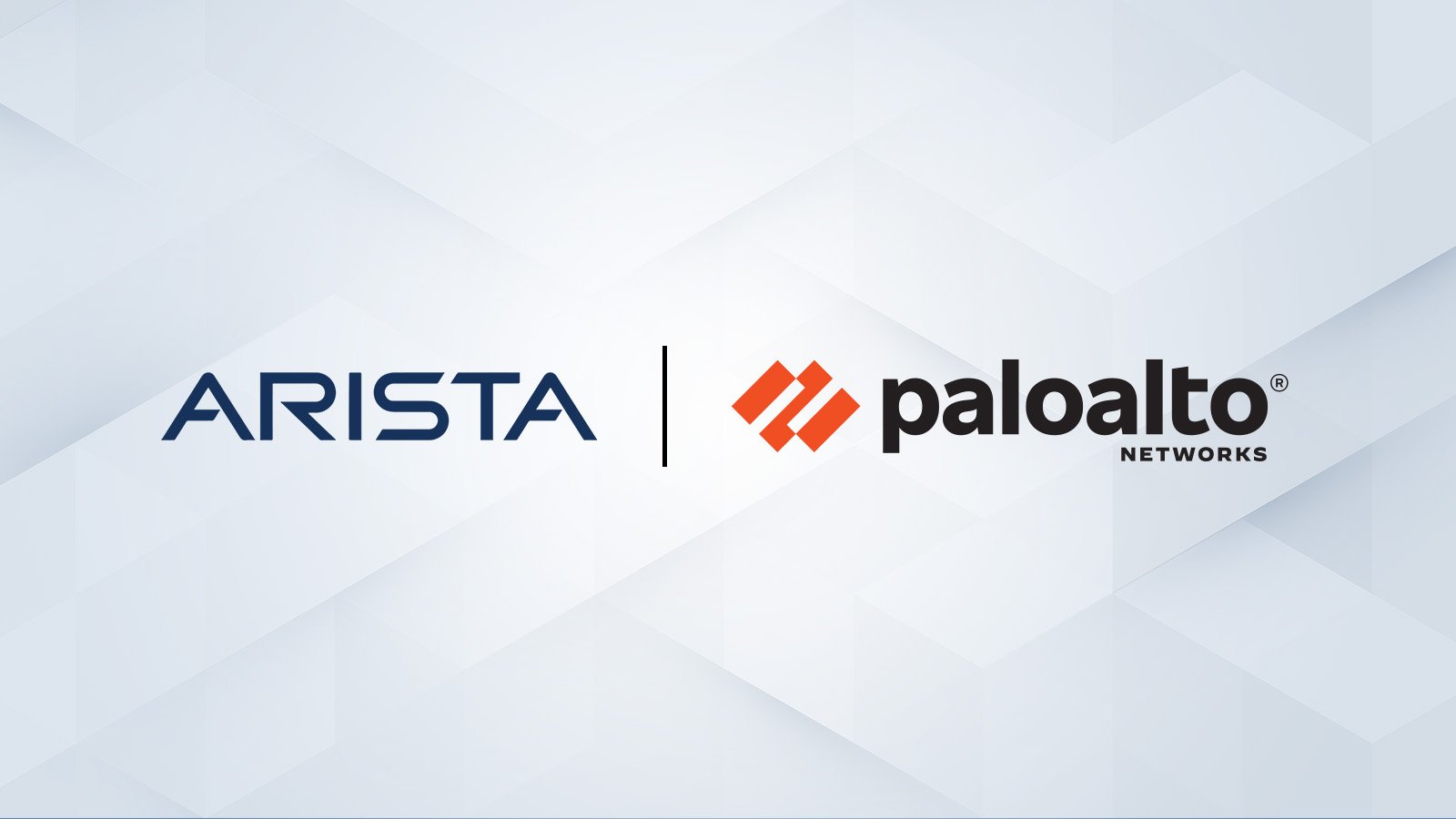Delivering Reliable AI and Cloud Networking
The explosive growth of generative AI and the demands of massive-scale cloud architectures have fundamentally redefined data center networking...
1 min read
 Kenneth Duda
:
Jul 15, 2015 4:45:59 AM
Kenneth Duda
:
Jul 15, 2015 4:45:59 AM

In the past few years, the tech industry has watched with increasing concern as various entrenched participants have brandished copyright law as a weapon to stifle competition and innovation. Recently, we have been treated to yet another novel claim: that after over a decade of broad adoption, the industry-standard set of commands that a user types into a command line interface (or CLI) to configure a network device is subject to copyright.
This startling claim raises many questions, but today I want to address one in particular:
What effect, if any, does the recent decision in Oracle v. Google have on this new dispute over CLI commands? Those who have watched the long-running battle between Google and Oracle know that an appeals court recently held that APIs may be copyrightable. Some have suggested that this decision should also resolve the question of whether CLI commands are subject to copyright. Wait, what? What do Java APIs have to do with communication device configuration commands?
Nothing, actually.
Let’s compare some salient features of command languages and the Java APIs:
| Aspect | Industry-standard command language | Java APIs |
|---|---|---|
|
nature of "copyrighted" material |
short English words or phrases typed by the user |
Java source code declaring the API |
|
who uses the "copyrighted" material |
end user |
software developer |
|
purpose of using "copyrighted" material |
operating the final product |
software development |
|
method of using "copyrighted" material |
entering commands into a device |
creating code in an editor (typically on a different device than ultimately runs the library) using the API |
Folks, the industry-standard CLI is the way the end user operates their networking devices. It is there to allow a network engineer to configure options on the device—much the same as the buttons on a microwave or a television remote control. If copyright limits the types of user input a device can accept, that has troubling implications in the networking industry and beyond.
The industry-standard CLI has allowed many different products across the industry to use a similar command language to the great benefit of customers and vendors alike. Like many open standards, the industry-standard CLI has encouraged multi-vendor interoperability.
I hope you’ll join me in condemning any effort to use the copyright laws to upset this established order and force customers to learn a new command language for each networking device they buy.
To all software developers: if you would like to join a company that embraces open standards, we'd love to talk to you. We have positions open in Santa Clara, Vancouver, Nashua, Bangalore, and Dublin. Please send a resume to jobs@arista.com.

The explosive growth of generative AI and the demands of massive-scale cloud architectures have fundamentally redefined data center networking...
/Images%20(Marketing%20Only)/Blog/VESPA-Launch-Blog.jpg)
The modern enterprise is navigating a profound transformation. The shift to the 'all wireless office' and 'coffee shop type networking', fueled by...

Data centers have evolved into highly distributed, hybrid ecosystems that span private clouds, public clouds, and colocation facilities. This...